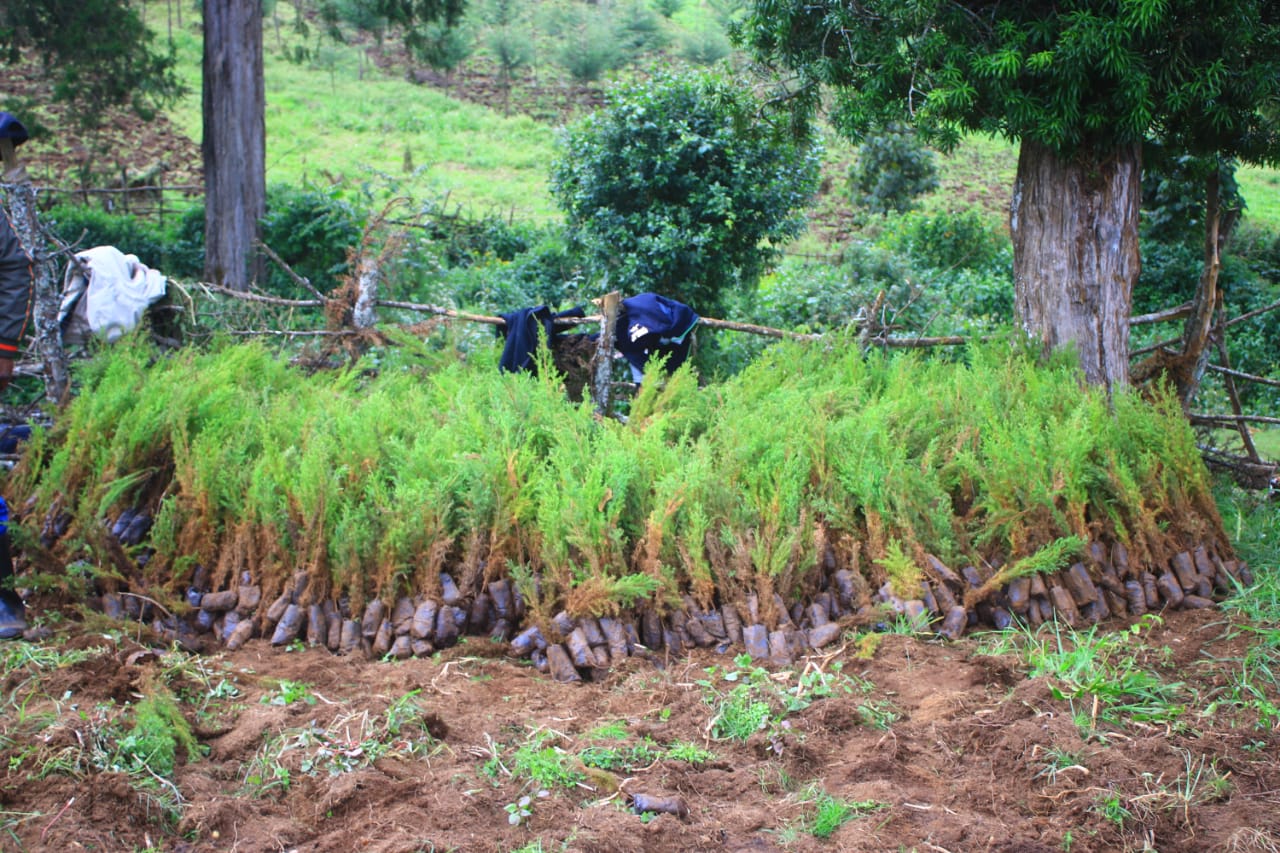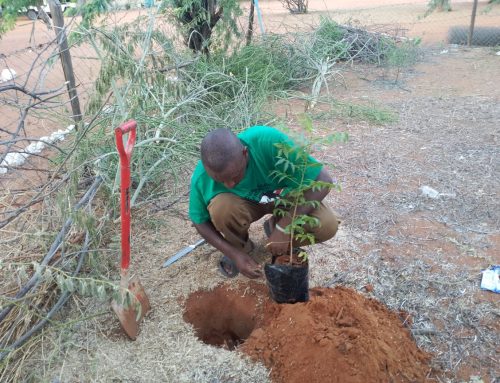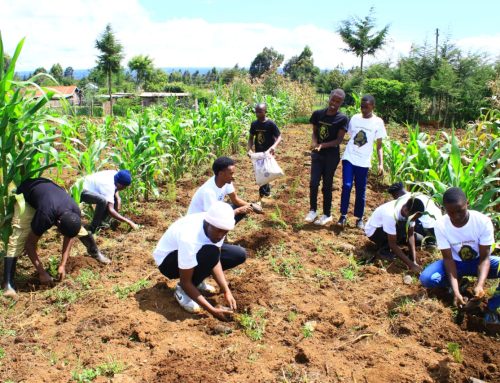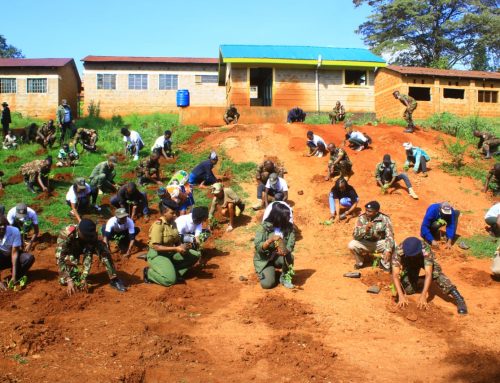Climate Change Vulnerabilities in Kenya: A Call for Action
From the DKF Environmental team, Kenya is considered highly vulnerable to climate change due to both the projected impact of climate change on its climate profile and preexisting economic and social vulnerabilities. Kenya has a diverse climate profile.
Diverse Climate, Divergent Vulnerabilities
Temperatures vary dramatically, with the highlands experiencing cooler temperatures than the coastal and lowland regions. The high rainfall zone which receives more than 1,000 mm of annual rainfall, is productive agricultural land. It occupies less than 20 percent of the country’s land area and is home to approximately 80 percent of the population. The northern and eastern parts of Kenya have a much drier climate, with mean annual temperatures of up to 29° C. Most of Kenya’s land ( 85 percent ) is classified as a fragile arid and semi-arid ecosystem, largely pastoral.
Frequent Extremes: Droughts and Floods
Due to the unprecedented climate change globally, Kenya has been exposed to natural disasters, in particular droughts and floods. Floods and droughts take place every three to four years, while severe droughts typically occur every 10 years ( DKF Group of 2023). The key climate change risk is from extreme events, in particular droughts and floods. The frequency and intensity of such events is likely to increase because of climate change. They also often lead to adverse knock-on effects, such as soil erosion, land degradation and pest break outs.
Agriculture and Water Sectors: Frontline of Impact
The main channels though which climate change is likely to impact the Kenyan economy are the agriculture and water sectors. The livestock subsector is expected to suffer significant losses due to heat stress from the projected increase in temperatures. This is likely to disproportionately affect pastoral communities in arid and semi-arid areas , as poverty rates in these regions are already high relative to the rest of the country. Water scarcity – including increased glacial loss and reduced river flows from Mt. Kenya because of climate change- is likely to have a broad socioeconomic effect with adverse consequences for agricultural irrigation, hydro power and sanitation.
Coastal Concerns: Ripple Effects on Trade and Tourism
The climate change impact on coastal region areas is likely to have broader effects on the Kenyan economy as damage to this region (such as to port infrastructure ) would have ramifications for trade and tourism across the country.
The Domino Effect: Extreme Weather Events and Economic Vulnerabilities
Downside risks exist primarily from the potential effect of extreme weather events, particularly for crops cultivated for subsistence proposes and for staple crops, such as maize (which is a core part of the food system in Kenya but is vulnerable to heat stress).In addition, climate change risk may be exacerbated by broader economic vulnerabilities. These include rising population.
A Call for Strategic Policies and Implementation
As the CEO of Dedan Kimathi Foundation, I emphasize on the urgent need for strategic policies to halt and mitigate the impact of climate change on agriculture and various facets of our society. The time for action is now, as we work together to safeguard Kenya’s future against the challenges that climate change presents.
Evelyn Wanjugu Kimathi
CEO, Dedan Kimathi Foundation






